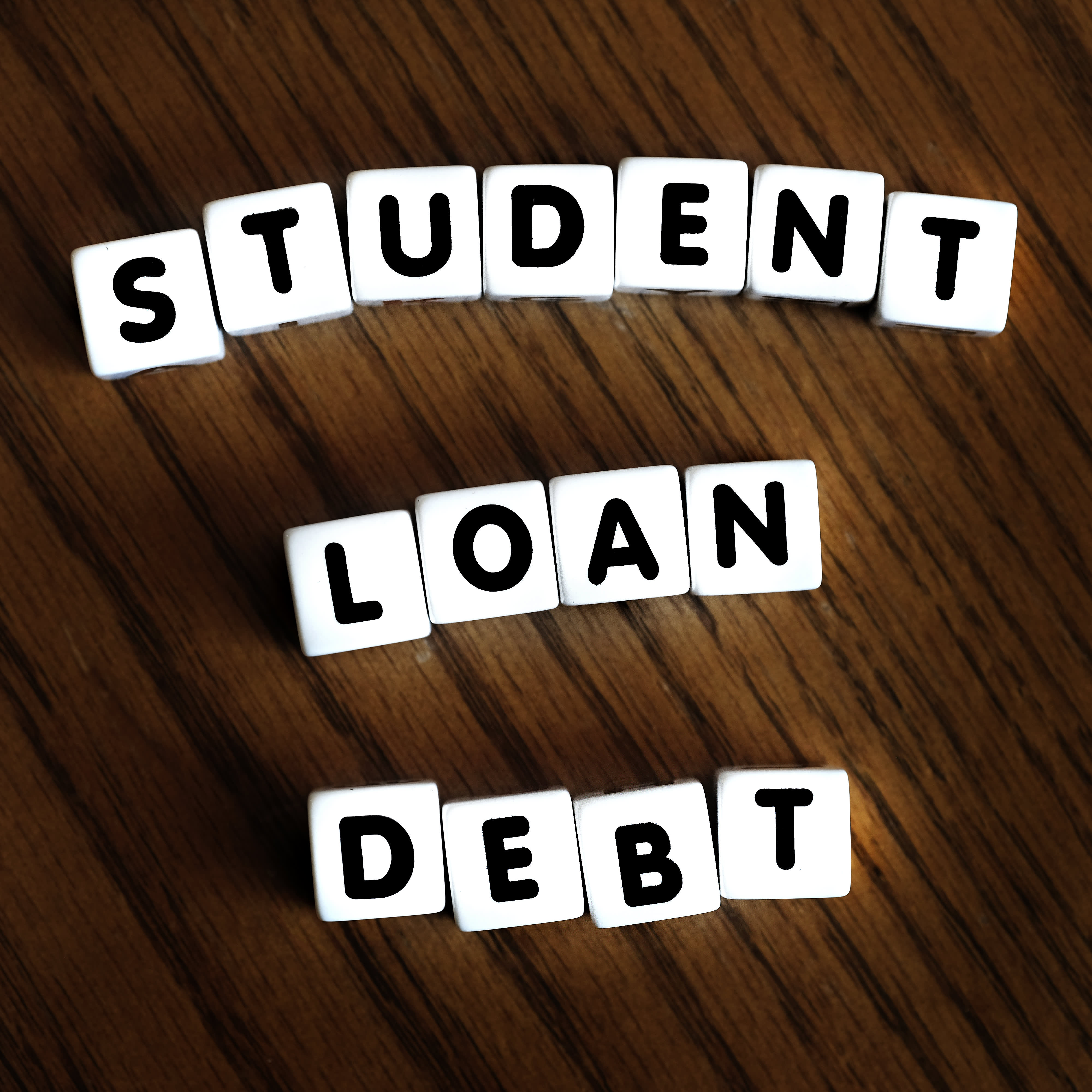
eric1513 | iStock | Getty Images
When could forgiveness happen?
If Biden chooses to cancel the debt through executive action, in theory borrowers could see their balances reduced or eliminated pretty quickly. But such a move may be met by court challenges, which could lead to delays.
A clearer picture may soon emerge.
“If Biden decides he can do it via executive order, I expect we’ll hear about it by June or July,” said Betsy Mayotte, the president of The Institute of Student Loan Advisors.
If the White House opts to leave student loan forgiveness to Congress, Democrats would likely use the budget reconciliation process to get it done.
That’s because that process allows them to pass legislation with a simple majority, which is all they have. Other bills typically must garner 60 votes to advance, thanks to Senate procedural rules. Republicans are largely hostile toward the idea of a student debt jubilee.
The next budget reconciliation process will likely be in the fall.
Can I count on my student loans being forgiven?
Although the odds of student loan borrowers getting their balances reduced or eliminated have never been greater, “until legislation is signed into law, you can’t count on anything,” Kantrowitz said.
Currently, there are pending reports from the U.S. Department of Education and the Justice Department on whether the president has the legal authority to implement loan forgiveness through executive action, Kantrowitz said. It’s still unclear when the findings will be published.
In the meantime, he added, “borrowers should not take any precipitous action in anticipation of loan forgiveness.”
How much could be forgiven?
At the moment, the main point of contention among student loan forgiveness proponents is over how much debt should be scrapped: $10,000 or $50,000.
If all federal student loan borrowers got $10,000 of their debt forgiven, the outstanding education debt in the country would fall to around $1.3 trillion, from $1.7 trillion, according to Kantrowitz. And roughly one-third of federal student loan borrowers, or 15 million people, would see their balances reset to zero.
Canceling $50,000 for all borrowers, on the other hand, would shrink the country’s outstanding student loan debt balance to $700 billion, from $1.7 trillion. Meanwhile, the debt for 80% of federal student loan borrowers, or 36 million people, would be gone entirely.
Even under that more generous plan, not everyone would be entirely happy. One-fifth of federal student loan borrowers owe more than $50,000, and around 7% of borrowers owe more than six-figures.
With forgiveness on the table, should I still make payments?
Most federal student loan borrowers don’t have to pay their bills until October, and during that time interest is suspended.
Since $10,000 in student loan forgiveness is the proposal most likely to turn into reality, Mayotte said she sees nothing wrong with people who owe under that amount redirecting their usual payments to savings, “earning a little interest on them, then seeing which way the wind is blowing come August.”
“If it looks like we’re no closer to forgiveness, pay the funds then,” she said.
Even if you owe more than $10,000, it can still be wise to take advantage of the government’s pause on student loan payments. You can use the extra cash to wipe out high-interest credit card debt, for example, or to build up your emergency savings.
In the meantime, is there anything else I should do?
There are some smart moves you can take in anticipation of student loan forgiveness, experts say.
Millions of people who took out student loans before 2010 under the Federal Family Education Loans program have been excluded from the government’s offer to pause their payments without interest accruing.
There’s now some concern these borrowers could also be left out of any student loan forgiveness.
As a result, these borrowers might want to consolidate their FFEL loans into the main Direct Loan program, which will qualify for the forgiveness, Kantrowitz said. The main downside of doing so is that your repayment timeline will be reset; so, if you’re near the end, it may not make sense.
Meanwhile, borrowers thinking about refinancing their federal student loans into private loans for a lower interest rate may want to wait, Kantrowitz said. For one, the interest rate on most federal student loans is 0% for another five months.
What’s more, “they will feel foolish if they refinance only to have the federal government announce loan forgiveness,” Kantrowitz said.
Could my private student loans be forgiven?
“When it comes to private student loans, it seems highly unlikely that they would be included in the forgiveness plan,” said Elaine Rubin, senior contributor and communications specialist at Edvisors.
Would my forgiven debt trigger a tax bill?
Student loan forgiveness is now tax-free, thanks to a provision included in the $1.9 trillion federal coronavirus stimulus package that became law in March.
Formerly, any student loan debt canceled by the government was considered taxable and levied at the borrower’s normal income tax rate.
According to a rough estimate by Kantrowitz, $10,000 in cancellation would have triggered an extra $2,000 in taxes for the average borrower. If $50,000 per borrower was canceled, the average person would have to write the IRS a check for $10,000.
Borrowers would now be off the hook from these bills.




